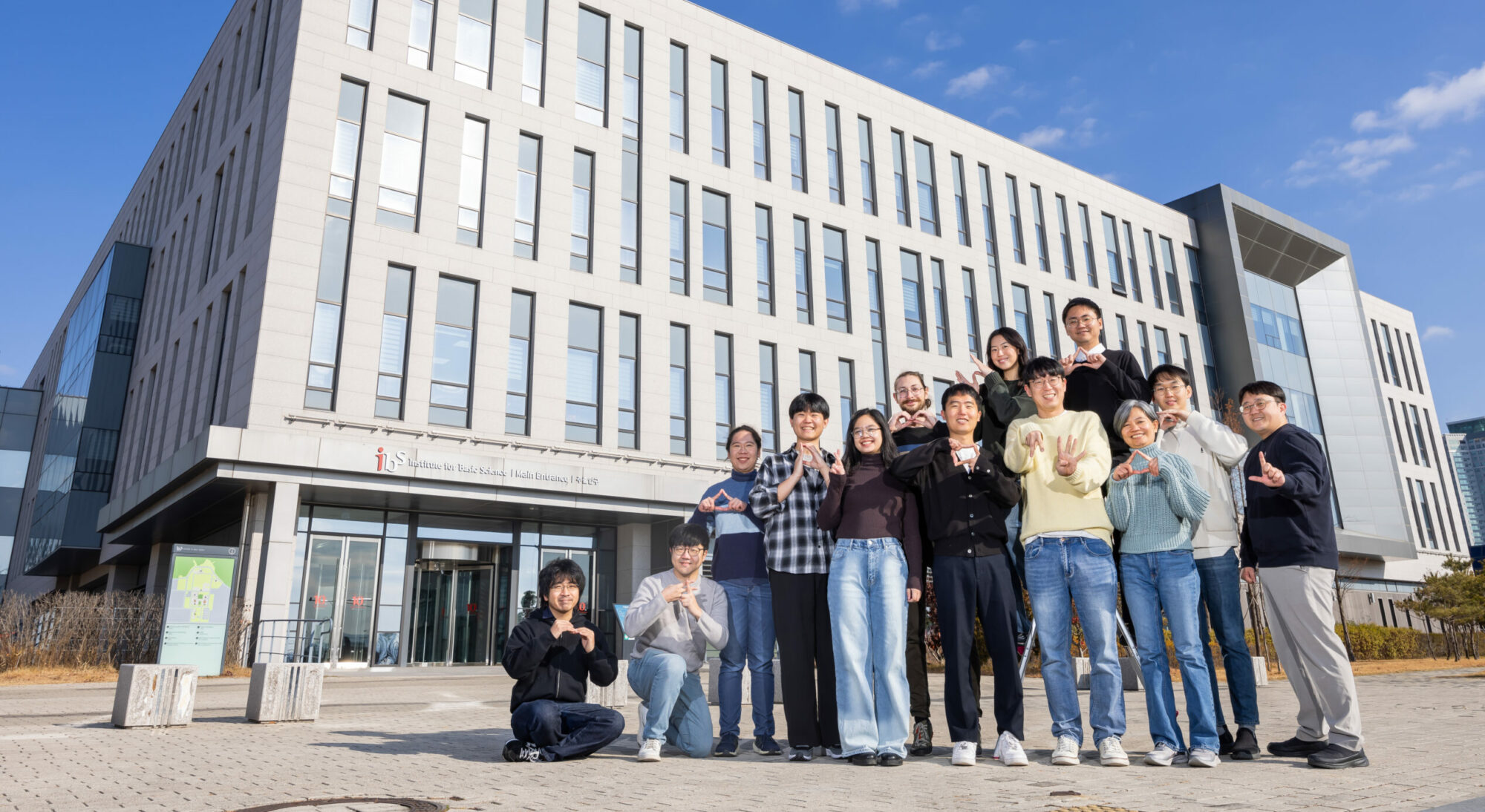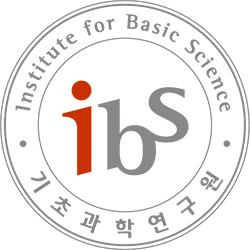A cell atlas foundation model for scalable search of similar human cells – Kevin Spinicci
B232 Seminar Room, IBS 55 Expo-ro Yuseong-gu, Daejeon, Daejeon, Korea, Republic ofIn this talk, we discuss the paper "A cell atlas foundation model for scalable search of similar human cells" by Graham Heimberg et.al., Nature, 2024 at the Journal Club. Abstract Single-cell RNA sequencing has profiled hundreds of millions of human cells across organs, diseases, development and perturbations to date. Mining these growing atlases could reveal …

